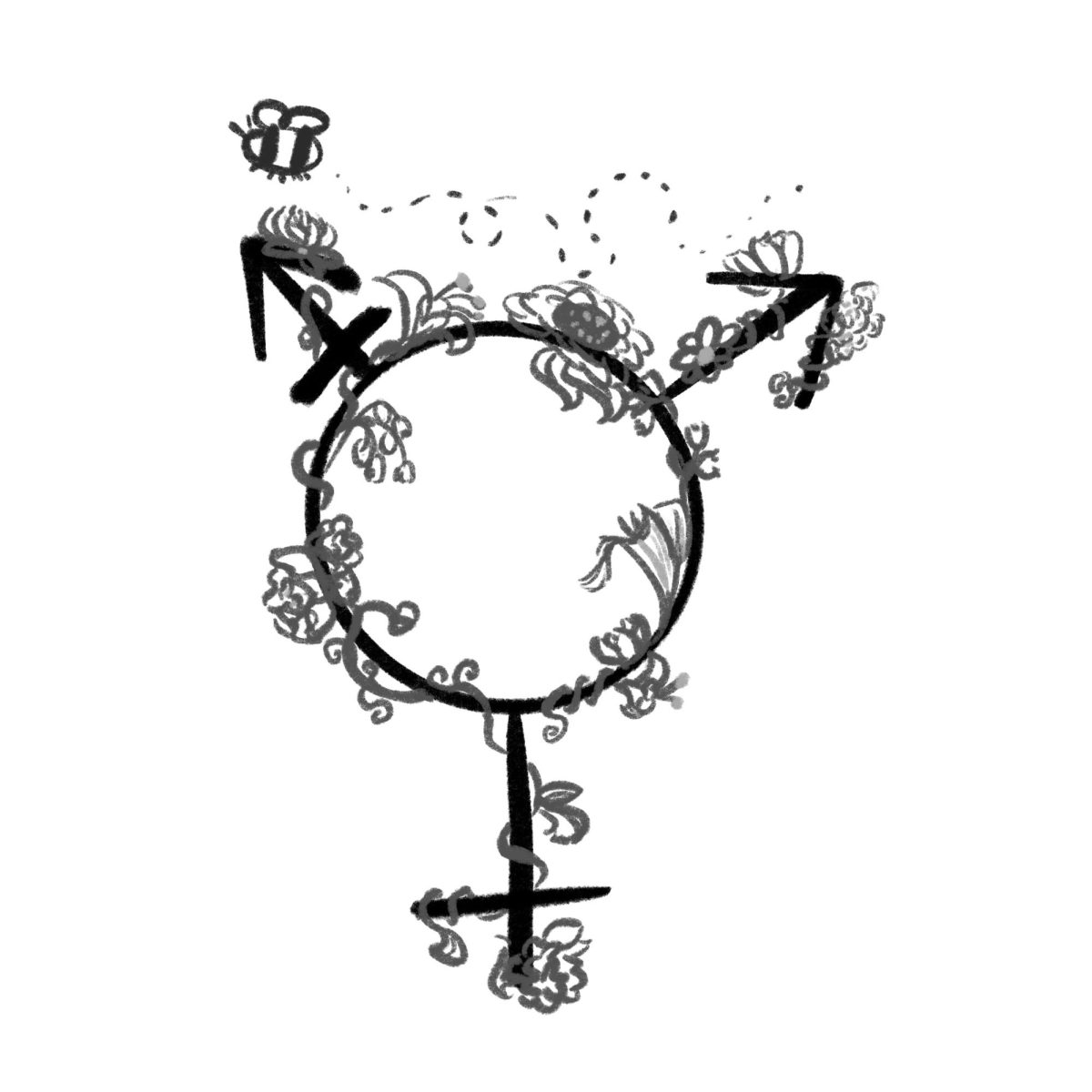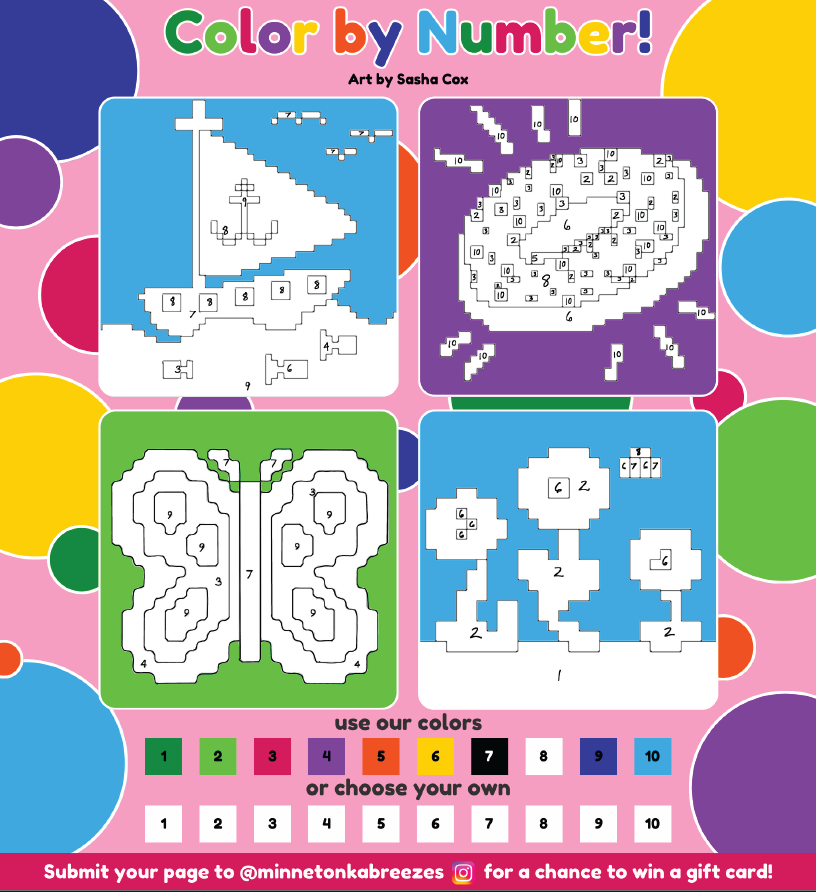Turning to a different region of the globe, spring celebrations take on their own unique aspects, from New Year’s celebrations in Thailand, to festivals of color and love in India, to days commemorating beauty and the young in Japan. These are just a few of the many separate cultural celebrations that occur during this beautiful time of year, with many more all across the globe.
The people of Japan look to honor the new during springtime, with festivals of Hanami and Kodomo No Hi. Hanami, as opposed to being the specific name of a holiday, translates to “flower watching,” and it describes the much beloved time of the cherry blossoms blooming, which comes every year in spring.
Cherry blossoms, which are pink flowers well-known in Japan, typically bloom in late March to early April, and typically only for a week or two. The fleeting nature of this time of year lends itself to much celebration. The time of Hanami is often commemo-
rated with large festivals, and with outdoor activities like walks and picnics, often with loved ones. The Japanese view it as a time for peace, and for appreciating beauty.
Later on in the spring, on May 5th, the Japanese also celebrate Kodomo No Hi, which translates to “Children’s Day.” Kodomo No Hi is the final holiday in Golden Week, a week that includes four major holidays in Japanese culture. This celebration dates back to ancient times in Japan, and the government declared it an official national holiday in 1948. Interestingly, 1948 was also when it was decided that Kodomo No Hi would be a day to celebrate all children and not just boys, as had been the case in the past.
On this day children are often honored by the flying of koinobori (windsocks) outside of the home, with a black one for the father, a red or pink one for the mother, and differently colored ones for each child. Families also often feast on kashiwa mochi, which are sticky rice cakes filled with red bean jam and wrapped in oak leaves. Oak leaves are said to come from trees that do not lose their leaves until new ones bud, and because of this they are seen as a good luck charm for youth and fertility.
Moving to talk about a different country and a different culture, in India and even outside of India one of the most popular holidays of the year is Holi, which is the Hindu festival of colors, love, and spring. Much like Kodomo No Hi, this festival is an ancient tradition, and is celebrated sometime in March, the date varying from year to year as the holiday always falls on the last full moon of the Hindu calendar.
There are far too many different traditions celebrated for Holi in different parts of the globe to list here, but the festival always includes light and color in some way. Some people light bonfires or pyres, some places celebrate with colored lanterns, and some paint themselves and others in bright colors. These celebrations also typically include lots of singing and dancing, and the serving of traditional Hindu foods and beverages, like flaki mathri biscuits and the spiced milk drink thandai.
Finally, one other important holiday this time of year is Songkran, the Thai New Year. Songkran always takes place on April 13th, which is the date of many New Year’s celebrations in South and Southeast Asia, as it complies with the Hindu and Buddhist calendars. In Thailand, the day is traditionally commemorated with visiting temples, offering food to Buddhist monks, and pouring water on Buddha statues as well as on the young and the elderly. The holiday is often known as the Water Festival, and well the aforementioned traditions have roots in ancient times, more modern practices include closing off streets for large community water fights.
22So, while traditions and holidays differ greatly from place to place, and each culture has its
own unique ways of celebrating, one common theme runs through them all. Spring is a time
of happiness, growth, and new beginnings, and every culture enjoys celebrating that in their
own ways.



























